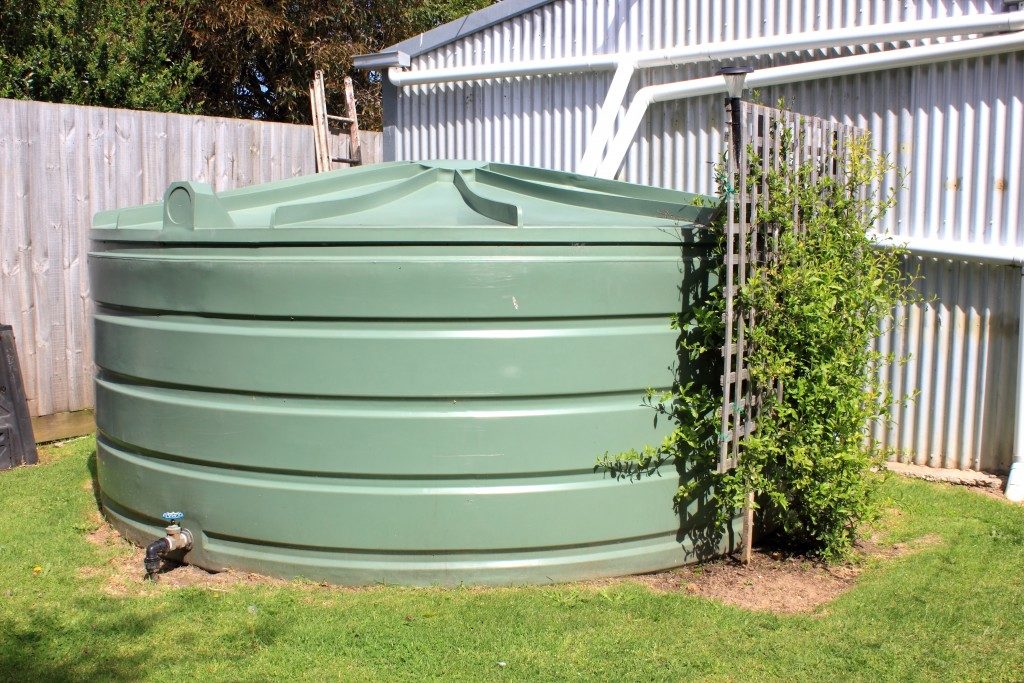The success in the manufacture of rotationally moulded water tanks primarily depends on the material used. The material should flow adequately to fill all cavities during the moulding process. It should also be thermally stable to handle the oven temperatures at which it is melted. These characteristics or properties help ensure a durable and polished finished product.
Resins play an important role in the manufacture of water tanks for residential, commercial, and industrial use. These materials are the building blocks of the tanks produced in a processing plant. There are different resin types used to produce slimline tanks. Most of these come in a 35-mesh fine powder that melts quickly and uniformly to create the mould. This quality allows the machine to mould the tank to the desired shape and thickness based on the requirements and specifications of the clients.
Here are some of the common materials used for rotational moulding of water tanks:
Polyethylene
This is the most commonly used resin for the manufacture of plastic water tanks. Polyethylene pellets are first reduced to improve their flow and heat transfer during their moulding. Polyethylene is thermally stable, easy to grind to 35-mesh, low cost and results in strong and UV and chemically stable tanks. LLDPE, HDPE, EVA copolymer and cross-linked polyethylene are among the most popular types of polyethylene resins used to manufacture tanks.
Polyvinylchloride
PVC compounds are moulded in their powdered or liquefied form. The compounds are easy to paint and can be used to manufacture tanks that are semi-rigid or flexible. The resin is, however, more costly compared to polyethylene, and its low stiffness reduces its durability since it makes it prone to cracking.
Tanks made of PVC are ideal for applications that do not require maximum rigidity and does not involve prolonged storage of water or other liquids. Be sure not to subject this type of tank to extremely high pressure, as it might break and explode, exposing the facility and the workers to a potentially harmful situation.
Polypropylene
This is a stiffer material compared to polyethylene and has a higher distortion temperature. For that reason, polypropylene has exceptional environmental and chemical stress crack resistance. That means you can store chemicals in tanks made of this material. Polypropylene, however, has a low impact strength and is costlier to manufacture than polyethylene. This makes polypropylene tanks more expensive.
Ensuring that the tank’s rotational moulding is of high quality is important regardless of the resin used. You should pay attention to your tank’s walls and corners to make sure they are strong enough to hold its content and prevent cracks that could lead to leakage. The sharp corners and flat walls in your tank should be minimal to ensure its strength and durability.
Your choice of a tank depends on the requirements of your application and the existing standards or regulations in your location. If you are not sure which type of tank is suitable for your facility, talk to a trusted manufacturer or supplier to learn more about your options. They can help you make the right decision.

